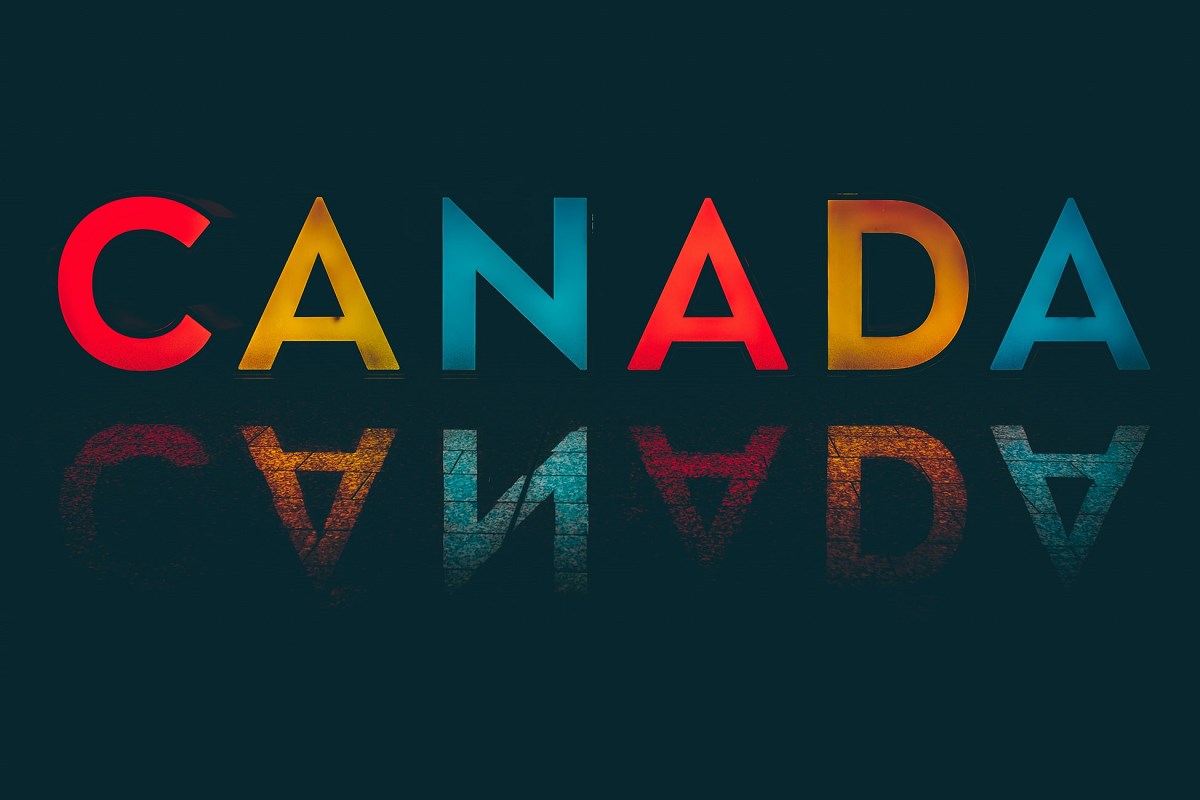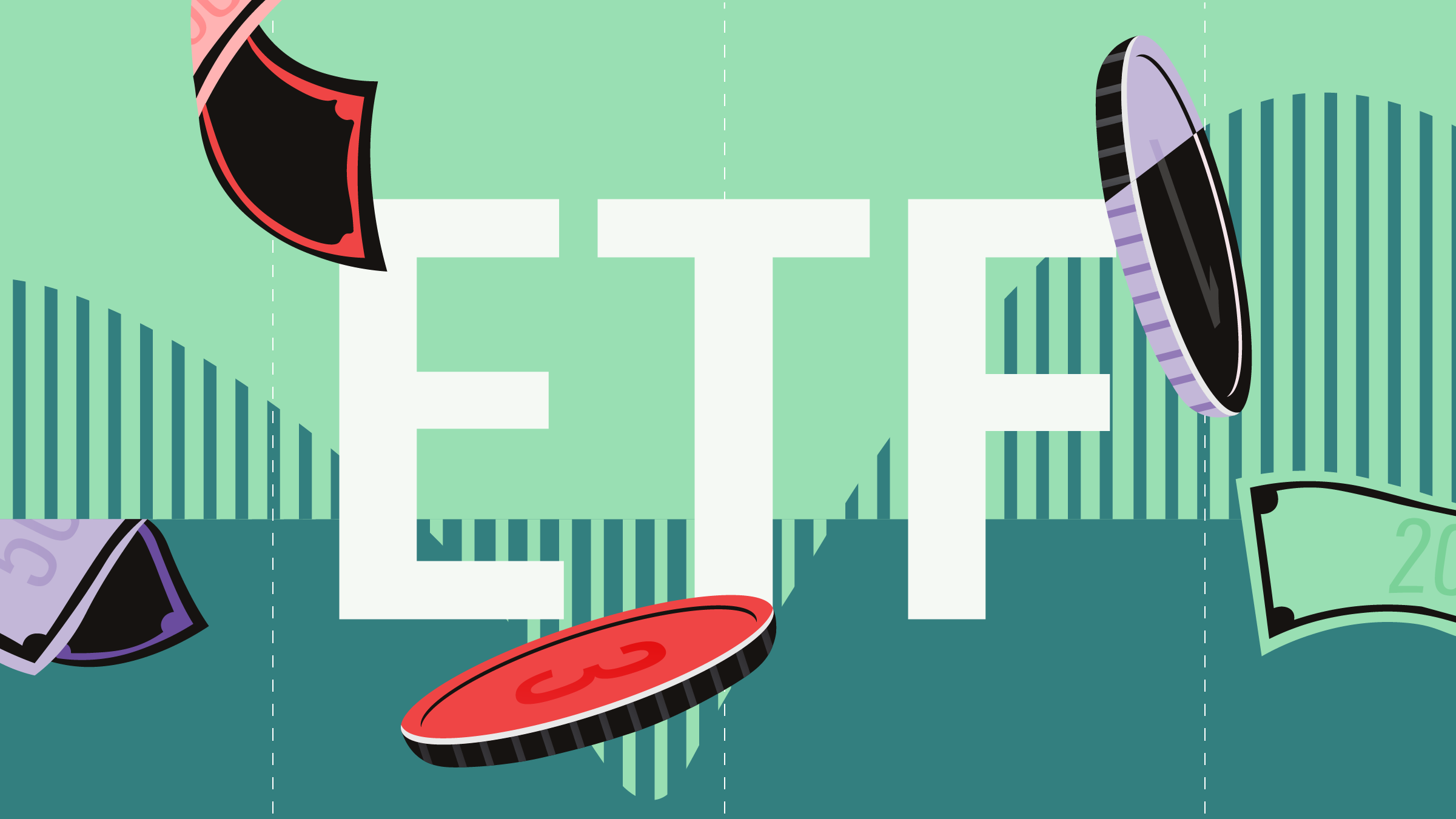While valuations for many stocks have become expensive, stock picker Kevin McSweeney argues that is not the case with infrastructure names, which are comprised of midstream energy, utilities, telecommunications and transportation stocks. Going forward, McSweeney maintains this part of the market has some catch up to do.
“Infrastructure is fair to a little bit cheap, especially when the stock market has become more expensive than it traditionally has been,” says McSweeney, lead manager of the 5-star neutral-rated $529.4 million CI Global Infrastructure F and senior vice-president at Toronto-based CI Global Asset Management. “The returns for infrastructure were very difficult in 2020, as these stocks were disproportionately impacted by the COVID-19 lockdown. You have a tremendous amount of operating leverage [in infrastructure stocks], which works to the upside—when people are flying, driving and consuming oil and gas. But it also hurts on the downside.”
The COVID-19 Rollercoaster
In 2020, CI Global Infrastructure F returned 1.02%, while the Global Infrastructure Equity category returned -5.21%. Last year, the F-class series bounced back and returned 11.15%, although the category did better and returned 12.78%. Meanwhile, thanks to monetary stimulus and heavy technology weightings, last year saw broader indices such as S&P 500 C$ Index return 27.98%.
On a three- and five-year basis, the fund led the category as it returned an annualized 9.72% and 8.70%, versus an annualized 6.95% and 6.04% for the category. McSweeney attributes the relatively weaker 2021 performance to a combination of currency hedging and the market favoring value stocks and punishing so-called green energy stocks.
“2020 was very much a year where infrastructure trailed, for reasons related to the pandemic. We thought that 2021 would be a catch-up year and it was. But global stock markets went up a lot more,” says McSweeney, a 21-year financial services industry veteran who assumed the fund in 2017 after a varied career in economics and corporate credit risk management. McSweeney earned an MBA from Dalhousie University in 2000. “When I look at the relative valuations I can see that infrastructure is fair. But the S&P 500 Index, on a price-to-earnings basis, is trading at about 1.5 standard deviations relative to its historic price-earnings ratio. Infrastructure is about the same, relative to its historic valuations.”
Nevertheless, McSweeney argues that pipelines, airports and toll roads are in the middle of an earnings recovery. Using airports as an example, he points out that it could be another year or more before air traffic will return to pre-pandemic levels. “The quality assets will continue on a pretty good path over the next few years. And you will see a recovery in earnings that makes the price-earnings ratios look very cheap one or two years out,” says McSweeney, who works alongside portfolio manager Massimo Bonansinga.
Keep an Eye on the Risks
While McSweeney maintains there is further upside, he concedes that there are risks to the downside. “The fund tends to have less volatility than the aggregate markets, but the concern is around general economic conditions. Where infrastructure hits its sweet spot is when the economy is going strong—which we anticipate it will be in 2022—and when interest rate pressures are under control,” says McSweeney.
McSweeney notes that infrastructure plays often tend to be monopolistic or oligopolistic. “Nobody is going to build a new airport in Lisbon. No one will build another Highway 407 [which skirts the Greater Toronto Area]. Within these assets we tend to either have really strong pricing power, because people have to use these essential services, or in many cases you are legally allowed to pass through the inflation rate,” says McSweeney.
“When you see a huge inflation rate people will say, ‘Infrastructure is dangerous and we should get out of that because it’s interest-rate sensitive.’ It’s not nearly as interest-rate sensitive in the trading and in the cash flows that you ultimately receive and you actually benefit from inflation. That’s because your cash flows will grow, and you’ve already built that toll road or energy network. Your return on equity ends up improving.”
The Strategy to Picking Winners
From an investment management viewpoint, McSweeney utilizes a blend of top-down and bottom-up processes, and first determines the sector weights and then selects the stocks that fit within the weighting. As of Nov. 30, according to index classifications, utilities were the largest weight at 41.9% of the portfolio, followed by industrials 24.7%, energy 21.7% (mostly pipelines) and real estate- telecommunications 10.5%. “We are slightly below the benchmark on utilities, because we see better opportunities in energy where we have an overweight,” says McSweeney, adding that the weights for the industrials and real estate sectors are closer to the benchmark index, which is the MSCI World Core Infrastructure index.
Geographic weights are a by-product of the stock selection process. Currently, the U.S. is the largest weight at 40.5%, followed by Canada at 18.8%, Australia 7.9%, Spain 5.8% and Germany 5.4%.
In selecting stocks, McSweeney looks for several key attributes. First, he looks for strong competitive positions. “What we vociferously avoid is [a situation] where you operate a toll road, but the government puts up a road that is free and next to yours---your money will be gone.” In addition, it’s critical to have regulators that are supportive. “None of our companies can just pick up and move their assets to another jurisdiction. You’re married to the location you are in and to your customers. If a regulator steps in the way, or limits your return, after you have invested your capital, then that’s a problem.”
Second, McSweeney looks for strong management that not only benefits from building up a firm’s assets, but also avoids making costly errors. “They don’t mess it up by buying things at crazy multiples.” says McSweeney. “Can they keep a good relationship with the regulators? These things are qualitative and you can’t see on a financial statement.”
Finally, McSweeney looks for reasonable valuations, which he admits is hard to do in a pandemic. “An airport has seen its earnings fall 95% or fallen into a loss. You have to look at it on a discounted cash flow basis and talk to airlines and ask them, ‘When will it recover?’ and what are the circumstances that will drive a recovery?”
Stocks in Focus
Running a portfolio with about 36 names, McSweeney cites RWE AG (RWE), a leading German utility that is transitioning to so-called green energy. “Europe is going through a profound transition from traditional power generation to newer energy sources. Investors abandoned RWE because it was a coal generator and people worried about automobile production and its demand for power. They thought that RWE, whether because of de-carbonization efforts of the German government directly or investor preference for ESG [environmental, social and governance] that they should throw the baby out with the bath water.”
But the firm is very involved in offshore wind-based power generation, mostly in the North Sea. “Germany is a good regulator and knows that RWE’s terms need to be provided to benefit shareholders and corporations,” says McSweeney. “We believe that its earnings will improve and the valuation is in the process of improving. We see the firm as an ‘ESG-improver’ that will make some money along the way.”
Acquired in mid-2021, RWE’s stock is trading at 35.9 Euros, for a price-earnings ratio of 10.9 times and pays a 2.37% dividend yield. “The stock should be in line with US utilities, which trade at higher valuations.”
Another favorite is SBA Communications Corp. (SBAC), a US-based cellular telephone tower provider. “Everybody knows that US data consumption is headed up. US telecom carriers have brought more spectrum and in order to accommodate the expected data consumption they have to build more towers and upgrade their networks and sign more leases with firms like SBAC.”
The stock is technically regarded as a real estate investment trust, which trade at a ratio known as adjusted funds from operations (AFFO). “We are looking for double digit AFFO per share growth over the medium term, given the growth trajectory inherent in the business and the quality customers that they have,” says McSweeney, adding that he anticipates double-digit total returns over the next 12 months.








:quality(80)/cloudfront-us-east-1.images.arcpublishing.com/morningstar/UBLNP5GU6FGPFN3AAPXRHIRQ5U.jpg)












